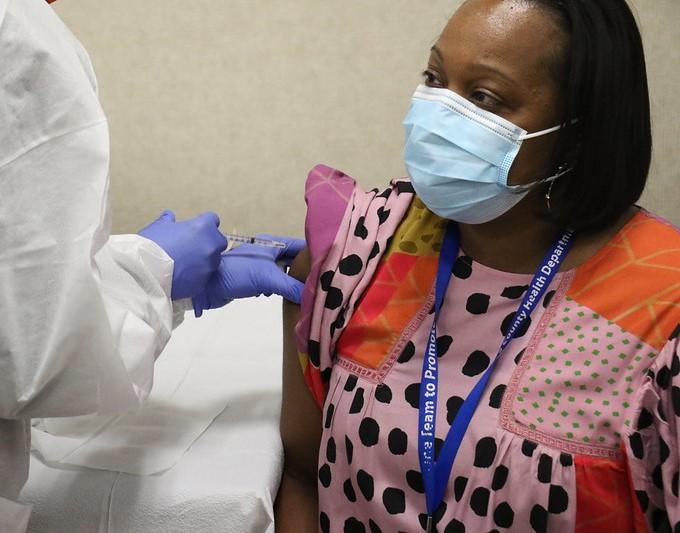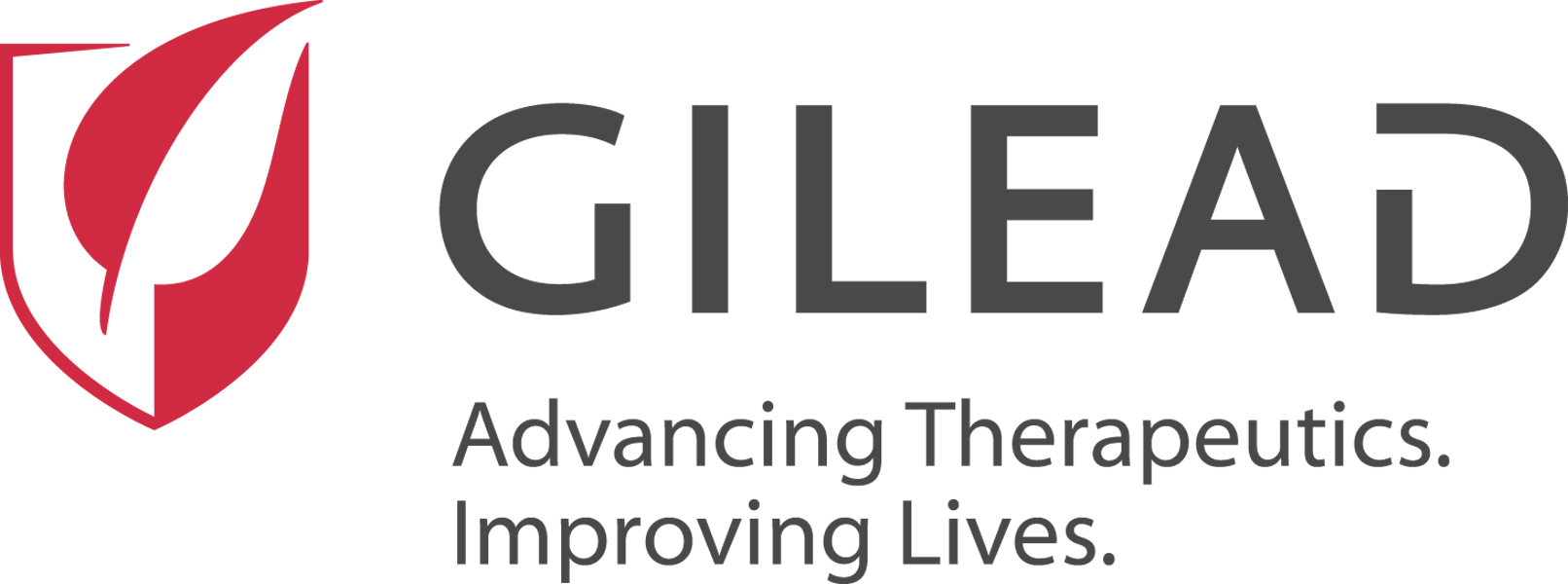Two doses of the Pfizer/BioNTech mRNA COVID-19 vaccine were highly effective in preventing coronavirus-related infections and severe outcomes, according to two new studies from Israel and one from the United States.
Effectiveness in older people, against B117
In the first study, published yesterday in The Lancet, researchers from the Israel Ministry of Health and Pfizer used national disease surveillance data to track COVID-19 cases and vaccine uptake in residents 16 years and older who had received their second doses at least 7 days before in the first 4 months after a nationwide vaccination campaign. The B117 variant first identified in the United Kingdom was dominant at the time.
The observational study identified 232,268 COVID-19 cases, 7,694 hospitalizations with mild or moderate disease, 4,481 hospitalizations with severe illness, and 1,113 deaths from Jan 24 to Apr 3, 2021, by which time 72.1% of those 16 and older had received two doses of the Pfizer vaccine. As of Apr 3, Pfizer was the only COVID-19 vaccine available in Israel.
Estimated vaccine effectiveness at least 7 days after the second dose was 95.3% (95% confidence interval [CI], 94.9% to 95.7%), with an incidence of 3.1 COVID-19 infections per 100,000 person-days in vaccinees, compared with 91.5 in unvaccinated people. Effectiveness in people age 75 and older against all studied coronavirus outcomes was greater than 96%.
Estimated effectiveness against asymptomatic coronavirus infection was 91.5% (95% CI, 90.7% to 92.2%), with an estimated incidence of 1.8 per 100,000 person-days in vaccinees, versus 40.9 in those not vaccinated.
Effectiveness was 97.0% (95% CI, 96.7% to 97.2%) against symptomatic infection (incidence, 0.8 per 100,000 person-days vs 32.5 in unvaccinated people), 97.2% (95% CI, 96.7% to 97.2%) against hospitalization (incidence, 0.3 per 100,000 person-days vs 4.6), 97.5% against critical coronavirus-related hospitalization (incidence, 0.2 per 100,000 person-days vs 2.7), and 96.7% (95% CI, 96.0% to 97.3%) against death (0.1 per 100,000 person-days vs 0.6).
All COVID-19 outcomes studied decreased as vaccine coverage increased across all age-groups, and 8,006 of 8,472 virus samples were identified as B117, for an estimated prevalence of 94.5%.
Hope for pandemic control
"Vaccination with two doses of BNT162b2 [Pfizer] has high efficacy and effectiveness against a range of SARS-CoV-2 outcomes, including among older adults (aged ≥85 years), offering hope that COVID-19 vaccination will eventually control the pandemic," the authors wrote. "These findings are of international importance as vaccination programmes ramp up across the rest of the world, suggesting that other countries can similarly achieve marked and sustained declines in SARS-CoV-2 incidence if they can achieve high vaccine uptake."
Lead author Sharon Alroy-Preis, MD, MPH, of the Israel Ministry of Health said in a Lancet press release that Israel provides a unique opportunity to determine vaccine effectiveness and the broader effects on public health because it has the highest proportion of vaccinated residents in the world.
"Until this point, no country in the world had described the national public health impact of a nationwide COVID-19 vaccination campaign," she said. "These insights are hugely important because, while there are still some considerable challenges to overcome, they offer real hope that COVID-19 vaccination will eventually enable us to control the pandemic."
In a commentary in the same journal, Eyal Leshem, MD, of the Chaim Sheba Medical Centre in Israel and Annelies Wilder-Smith, MD, PhD, of the London School of Hygiene & Tropical Medicine, said that the data used in the study could enable research into how to more rapidly and equitably distribute COVID-19 vaccines.
"Israel's robust dataset could allow further assessment and corroboration of first-dose short-term effectiveness and lead other countries to considering deferring the second vaccine dose," they wrote.
Leshem and Wilder-Smith called for more post-introduction vaccine effectiveness studies. "Timely reporting of vaccine effectiveness against variants of concern, the duration of protection across age groups and geographical settings, and the effectiveness of alternative dosing regimens is crucial to provide data-driven immunisation policies," they said.
Symptomatic and asymptomatic cases
The second observational study, led by researchers from Tel Aviv Sourasky Medical Center and Tel Aviv University and published in JAMA, involved 6,710 previously uninfected healthcare workers from a single center who were tested regularly for COVID-19 from Dec 20, 2020, to Feb 25, 2021.
Of the 6,710 workers, 88.7% had received at least one dose of the Pfizer vaccine at least 7 days before, while 82.2% received two doses, and 11.3% were unvaccinated. Vaccinated workers had a higher median age than their unvaccinated peers (44.8 vs 40.7 years), and men were more likely than women to be vaccinated (31.4% vs 17.7%).
Eight fully vaccinated staff members and 38 of their unvaccinated counterparts later developed symptomatic COVID-19 infection, for an incidence of 4.7 versus 149.8 per 100,000 person-days, respectively. Nineteen fully vaccinated workers and 17 unvaccinated peers later developed asymptomatic coronavirus infection, for an incidence of 11.3 versus 67.0 per 100,000 person-days.
"Among health care workers at a single center in Tel Aviv, Israel, receipt of the BNT162b2 vaccine compared with no vaccine was associated with a significantly lower incidence of symptomatic and asymptomatic SARS-CoV-2 infection more than 7 days after the second dose," the authors concluded. "Findings are limited by the observational design."
Efficacy among healthcare workers
St. Jude Children's Research Hospital researchers in Memphis, Tennessee, conducted the third study, also published in JAMA, among 5,217 healthcare workers who underwent regular COVID-19 testing from Dec 17, 2020, to Mar 20, 2021. Of the 5,217 workers, 58.5% had received at least one dose of the Pfizer vaccine, 53.2% had received both doses, and 41.5% were unvaccinated. Median follow-up was 72 days in the vaccinated group and 81 in the unvaccinated group.
During follow-up, 51 vaccinated employees tested positive for COVID-19, 41 of them before the second dose and 10 after; 56.9% had no symptoms. Of the unvaccinated group, 185 tested positive, 42.7% of them with no symptoms.
The incidence rate ratio (IRR) was 0.21 (95% CI, 0.15 to 0.28) for both symptomatic and asymptomatic infection, 0.28 (95% CI, 0.18 to 0.42) for asymptomatic infection, and 0.16 (95% CI, 0.10 to 0.25) for symptomatic infection or known exposure.
Eleven days after the first dose, the IRR was 0.58 to 0.60 (95% CI, 0.30 to 1.13) for all three outcomes. The IRR for positive test results from 12 days after the first dose until the second dose (median between-dose interval, 21 days) was 0.58 (95% CI, 0.30 to 1.13), while it was 0.35 (95% CI, 0.11 to 1.09) within 7 days after the second dose and 0.10 (95% CI, 0.04 to 0.22) at least 7 days after the second dose. No symptomatic or known exposure cases were reported more than 7 days after the second dose.
Coauthor Diego Hijano, MD, said in a St. Jude's press release that regular testing of asymptomatic employees and vaccination is a good strategy. "While further research is needed, by preventing infections, including in people who have no symptoms, there is a high possibility that vaccination will decrease transmission of SARS-CoV-2," he said.





















